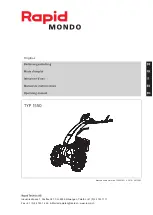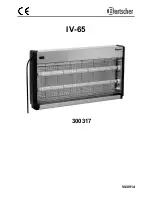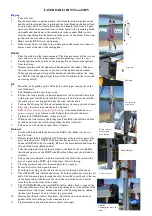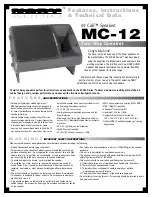
23
7. Slide the torque tube down and fit it to the lower bearing assembly.
Align the marking on the torque tube with corresponding mark
on the bearing assembly, fig 5.1.d. Apply locking adhesive to the
screws and fit the bushings attaching the torque tube to the bearing
assembly. Tighten hard.
8. Apply locking adhesive to one of the upper screws. Lift up the luff
section until the marking align with the upper edge of the adapter
(fig. 4.1.i page 19). The holes in the torque will now align with
corresponding holes in the luff section. Tighten the screw lightly.
Apply locking adhesive to the other screw and fit it. Tighten both
screws hard.
5.2 Stepping the mast with Furlex fitted
1. Lay the mast with the front uppermost.
2. Connect the top end of the Furlex system to the forestay attachment.
3. Lift the mast with the Furlex system lying on the leading edge of the mast.
4. Have one person watching the Furlex system to ensure that it does not get
caught when lifting the mast. Keep the end of the stay outside the deck
area in order to avoid damage.
5. Attach the stay to the boat as described in Chapter 16.1, section 6–8.
Fig. 5.1.d
Fig. 5.1.e
Fig. 5.1.f
9. Tension the forestay to 20% of the wire’s breaking load. As the tension on the forestay cannot be measured
easily when it is encased in the luff extrusion, this can be done using the backstay. Owing to the difference
in the angle of these stays relative to the mast, this is on a Masthead rigg equivalent to approx. 15% of the
backstay’s breaking load, assuming that it is the same diameter as the forestay. (Forestay tension = approx.
1.25 x backstay tension.)
A firmly tensioned stay offers the least furling resistance.
















































